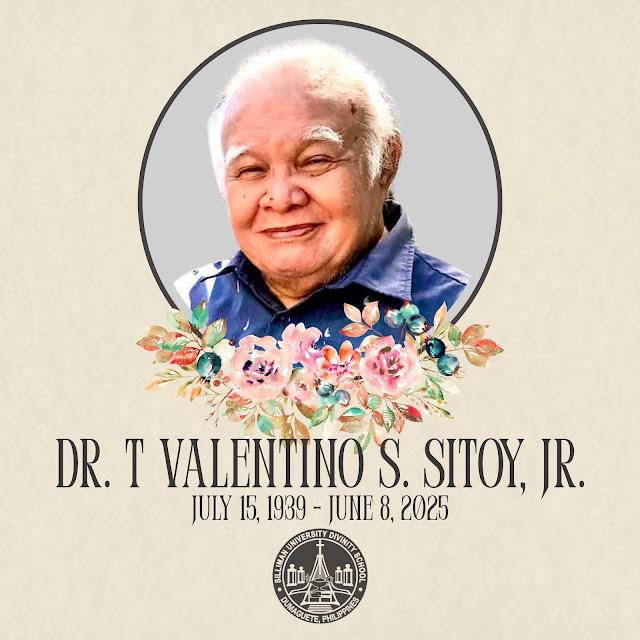Bais City
Bais City ,also Known as the Little Spanish Mexican town of Negros and Sugar City.Bais City is a 2nd class city in the province of Negros Oriental, Philippines. According to the 2000 census, it had a population of 68,115 people in 13,199 households. Located 44.7 km from the provincial capital Dumaguete, it has a land area of 316.90 km².
1.Cradle of the Sugar Industry of Negros Oriental
2.Cradle of the Philippine Rum Coke since 1949
3.Temporary Capital of the Philippines
4.Dolphin Watching Capital of Asia since 1994
5.The Old Hispanic charm of Negros
History of Bais
There are two bays in the area, hence the name "Bais". The shore line is mostly mangroves, which are in danger of destruction due to the increasing population. The richness of marine life in the bays is because of these mangroves.
Bais City's bays are widely known to have one of the most beautiful coral reefs in the area.
The Pelarta river runs beside the city center. There is, however, a dispute that the name Bais was taken after the eels locally called "Bais" that used to thrive in this river. The river has been the source of irrigation water for the nearby sugar farms. This has been vital in the success of sugar plantations in this area. This river also has a big influence on the city's geography, as it deposits sediments in the former mangrove areas during the (formerly annual) flood season. These former mangrove swamps have now dried out and become populated with residents. In the late seventies, under the government of Genaro Goni, there was established a river control system stretching from the city center towards the low lying areas in order to lessen flooding during the rainy season.Bais has produced men of National prominence.From the birth of Negros Oriental as a province the city can proudly claim 9 governors: Hon Demetrio Larena,the first Civil Governor ( CO-FOUNDER OF Silliman University ),Enrique Cayetano Teves-Villanueva ( who built the Prov'l Capitol Building & Rizal Boulevard)Guillermo ZosimoTeves-Villanueva ( Governor during the War)Praxedes Daniel Teves-Villanueva (who built the Prov'l Hospital)Julian Lajato-Teves,Serafin Lajato-Teves(who built the Golf course in Sibulan 1945),Willian Villanueva-Villegas,Alberto Furbeyre and Hon Bindoy Teves-Villanueva who was also the first senator from Negros Oriental while Sen Jose M.Romero was the second senator from Bais City.
The local Culture and traditions are Heavily influenced by the City's hispanic history and its sugar industry.The social scene is dominated by the Negrense's love for gaiety and his need for relaxation after a day's toil,ancestral homes and plantations add character to the City. Beautiful and quaint churches witness the baisanons solid faith.Respect for elders is a tradition that has stayed with all the generations.
The Features of the Baisanons reveal a Spanish heritage some slightly mixed with Malay and Chinese some locals still speak in Spanish and the local dialect contains Spanish or Spanish -influence words.The People are fluent in English educated in Manila,Dumaguete,Cebu & aboard,Baisanons are also warm,friendly & Outgoing
An annual fiesta is held each year on September 10 in honor of the city's patron saint San Nicholas de Tolentino , a celebration inherited from the Spanish era. On this occasion, most of the residents prepare food for anyone who visits the place. It is a tradition practiced not only in Bais but in most towns and cities in the Philippines. Lately the celebration has included Madeiras and parades.
Christmas is a very important season in Bais CIty. Every yuletide season they have an annual giant Christmas tree who showcase the creativity of the Baisanons.
and who would forget the whales and dolphins which the city is made famous of.
Local Economy
Bais City is the largest producer of raw sugar in Negros Oriental. There are two sugar mills in the city. The Central Azucarera de Bais was established by Tabacalera of Spain in the early 1918 and the first and the oldest in Asia (own by the Chan family . The other mill, URSUMCO (United Robina Sugar Milling Corporation), now own by the Gokongwei family was formerly UPSUMCO (United Planters Milling Corporation) and constructed in the mid 70's by Marubeni Corporation of Japan as a project of Ignacio Montenegro (also of Spanish roots).



Comments
Post a Comment